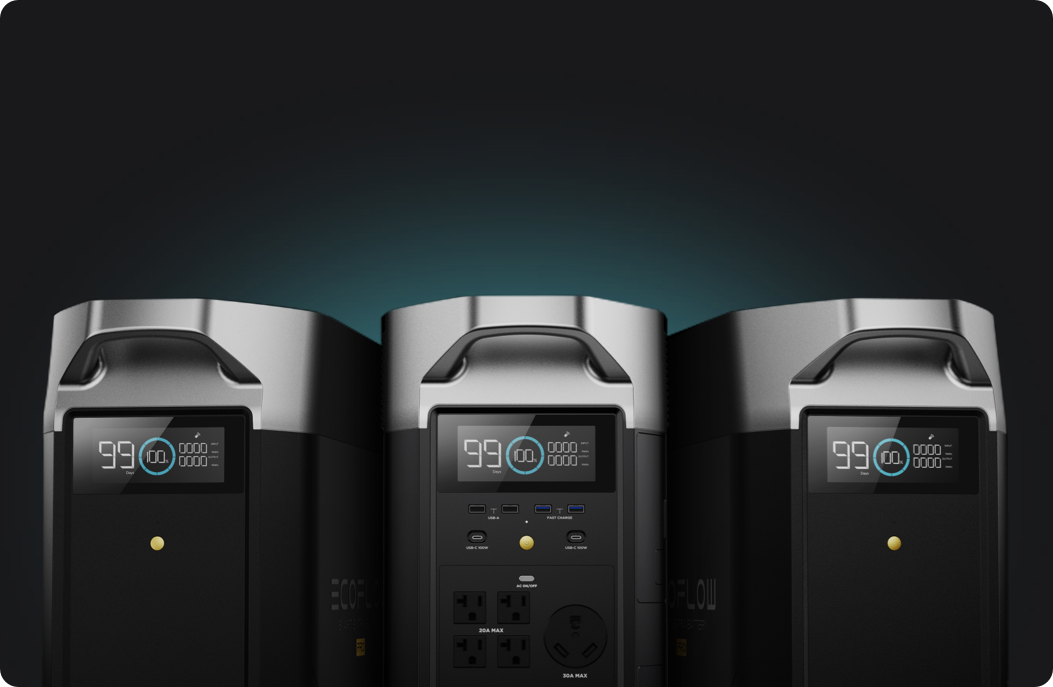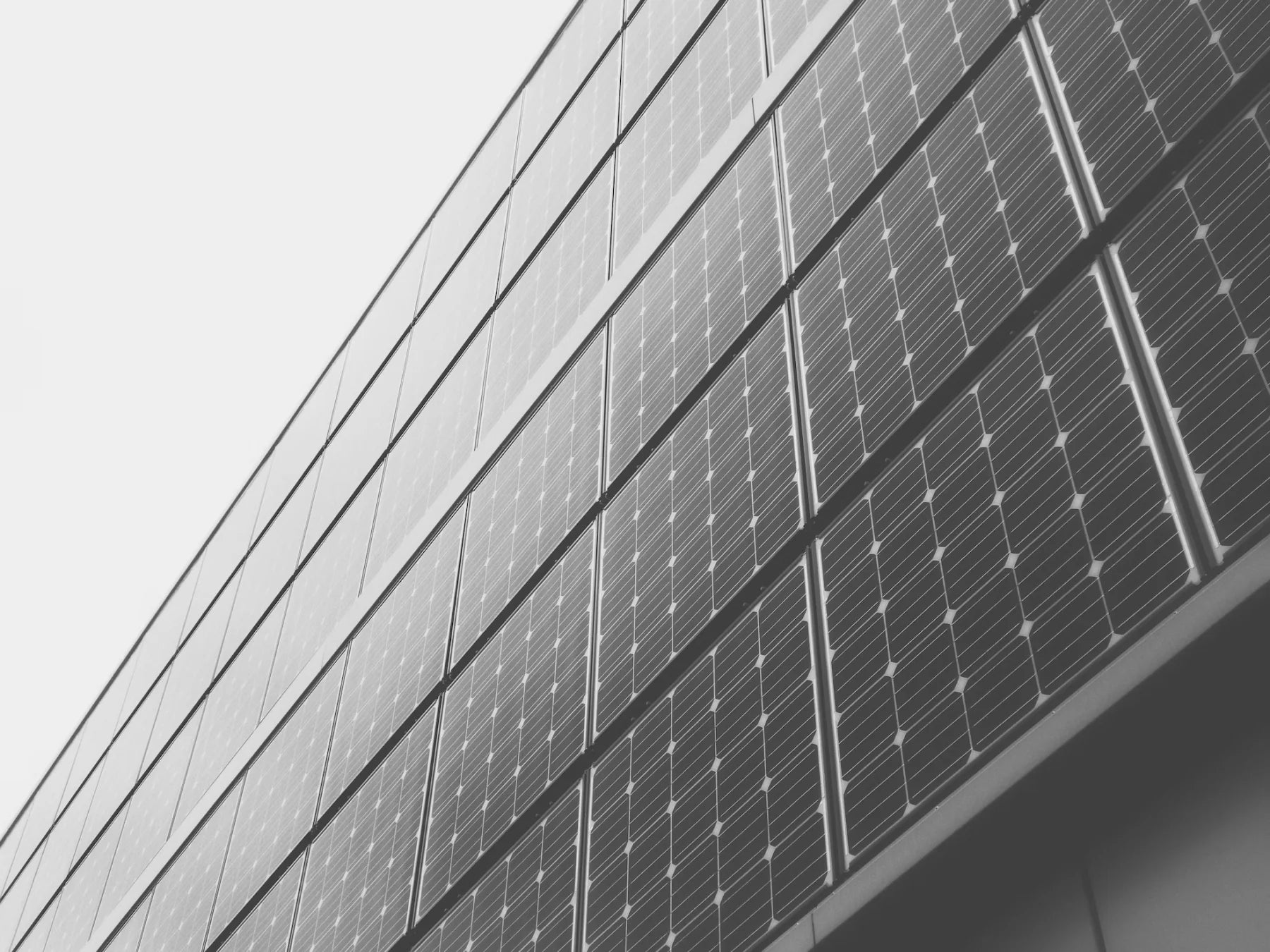In the first of our Solar 101 series, we're breaking down one the most important aspects of getting the most out the efficiency capabilities of your solar panels so that you can see the best ROI on your investment. Your solar azimuth angle.
Homeowners looking to invest in solar energy may encounter various technical terms that can seem daunting at first. One of these terms is "azimuth," a concept that plays a crucial role in the efficiency and overall performance of solar panel systems.
Let's demystify the concept of azimuth and explain why it's an essential factor to consider when setting up a solar power system for your home.
What is Azimuth?
In the context of solar energy, azimuth refers to the angle between the direction of the sun and a fixed point on the horizon, usually referred to as True North.
The azimuth angle is measured in degrees, and it ranges from 0° to 360°. In simpler terms, azimuth is the compass direction that your solar panels are facing. For example, a solar panel facing due south in the Northern Hemisphere would have an azimuth angle of 180°, while one facing due west would have an azimuth angle of 270°.

Why is Azimuth Important?
The azimuth angle is a vital factor in determining how much sunlight your solar panels will receive throughout the day. The efficiency with which solar panels convert sunlight into electricity is directly influenced by the angle at which the sunlight hits the panels.
An optimal azimuth setting allows for maximum sunlight exposure, thereby improving the energy output and efficiency of the system.
Maximizing Sunlight Exposure
Solar panels perform at their best when they are perpendicular to the rays of the sun. Since the position of the sun varies throughout the day and changes with the seasons, setting the correct azimuth angle helps to capture the optimal amount of sunlight.
In the United States, for instance, solar panels are generally more efficient when they face true south because the sun is mostly in the southern part of the sky throughout the year. For homeowners in the Southern Hemisphere, the ideal azimuth angle would typically be towards the north.

Seasonal Adjustments
The sun's position in the sky changes not only throughout the day but also across different seasons. During winter, the sun is lower in the sky, and during summer, it’s higher. While the azimuth angle is generally fixed, understanding its impact can help homeowners make seasonal adjustments to optimize sunlight capture.
Some advanced solar panel systems come with tracking mechanisms that adjust both the tilt and azimuth angles dynamically, ensuring maximum efficiency year-round.
Local Climate and Geography
Factors like local climate conditions and geographical features can also influence the optimal azimuth angle. For example, if nearby buildings, trees, or mountains cast shadows on the solar panels at certain times of the day, tweaking the azimuth angle might help mitigate some of the shading issues.
Homeowners in areas with frequent cloudy weather may find that slight adjustments in the azimuth angle can still make a significant difference in annual solar energy production.

How to Determine the Optimal Azimuth Angle for Your Home
Navigating the intricacies of azimuth angles may seem complex, but several tools can simplify this process. Here are a few steps to help you determine the optimal azimuth angle for your solar panels.

Use a Solar Path Diagram
Solar path diagrams are graphical representations that show the sun's path across the sky at various times of the year for specific locations. By plotting your location on a solar path diagram, you can determine the best azimuth angle to maximize sunlight exposure for your panels.

Image: Solar Azimuth Calculator from Planet Calc
Online Tools and Software
There are numerous online calculators and software applications available that can help you find the optimal azimuth angle based on your geographic location. These tools consider factors such as latitude, longitude, and typical weather patterns to provide a customized recommendation.
Consult a Solar Energy Expert
For a more personalized approach, consider consulting with a professional solar energy installer. Experts can conduct a site assessment and use advanced tools to calculate the best azimuth angle for your home.
They will also take into account:
- shading
- roof orientation
- Tilt
- Tracking
- other site-specific factors that can impact your solar panel system's performance
The Economic Benefits of Optimal Azimuth Settings
Setting the correct azimuth angle is not just a technical detail; it has direct economic implications as well. Maximizing the efficiency of your solar panels translates to higher energy production, which means greater savings on your electricity bills. Moreover, an efficient solar system can increase the value of your property, making it a savvy long-term investment.

Image: US Environmental Energy Information Administration
Increased Energy Production
Solar panels are most efficient when they are facing south at a tilt angle of 30°- 45°, which allows for optimal electricity production. However, even if the solar panel tilt angle is lowered to as little as 5°, the decrease in production is only around 10 percent.
By optimizing the azimuth angle, homeowners can significantly increase the amount of electricity generated by their solar panels. This means relying less on grid electricity and reducing monthly utility bills. In some cases, the surplus energy produced can be sold back to the grid, providing an additional revenue stream.
Long-Term Savings
Although the initial investment in adjusting or configuring the azimuth angle might seem like an added expense, the long-term financial benefits far outweigh the costs. Enhanced efficiency means quicker payback periods and improved return on investment. Over the lifespan of the solar panel system, these savings can accumulate to a substantial amount.
Property Value
Homes equipped with efficient solar panel systems often have higher property values. Prospective buyers are increasingly looking for energy-efficient homes that promise lower utility costs. By ensuring your solar system operates at peak efficiency, you’re investing in the overall value of your home.
Common Misconceptions about Azimuth
Despite its importance, several misconceptions surround the concept of azimuth, which can lead to suboptimal solar panel installations. Let's debunk a few common myths:
Myth 1: Any South-facing Panel is Perfect
While it is true that south-facing panels generally capture more sunlight, the specific azimuth angle relative to true south can still significantly impact efficiency. For instance, a slight deviation from the perfect azimuth setting can result in noticeable losses in energy production.
Myth 2: Azimuth Only Matters for Fixed Panels
Even solar systems with tracking mechanisms benefit from an optimal azimuth setting. While tracking systems do adjust dynamically, their baseline efficiency can still be improved with the correct initial azimuth angle.
Myth 3: Azimuth Adjustments are Expensive and Complicated
Many homeowners shy away from optimizing azimuth angles due to perceived complexity and costs. However, with modern tools and professional assistance, setting the correct azimuth angle can be straightforward and cost-effective, offering long-term benefits that far outweigh the initial investment.
Let US Solar Supplier Guide Your Energy Transition
Understanding and optimizing the azimuth angle is a critical component of maximizing the efficiency of your solar panel system.
Contact us for personalized recommendations on a system that aligns with your individual needs.







